Taipei residents woke up one morning to the sight of huge billboards on building façades along the city’s thoroughfares and at busy intersections. From a distance they looked like blow-ups of poems on paper scrolls, but a closer inspection revealed that scrawled across those white tarpaulins, in loose, casual freehand, are real people’s grievances about the city’s housing policies.
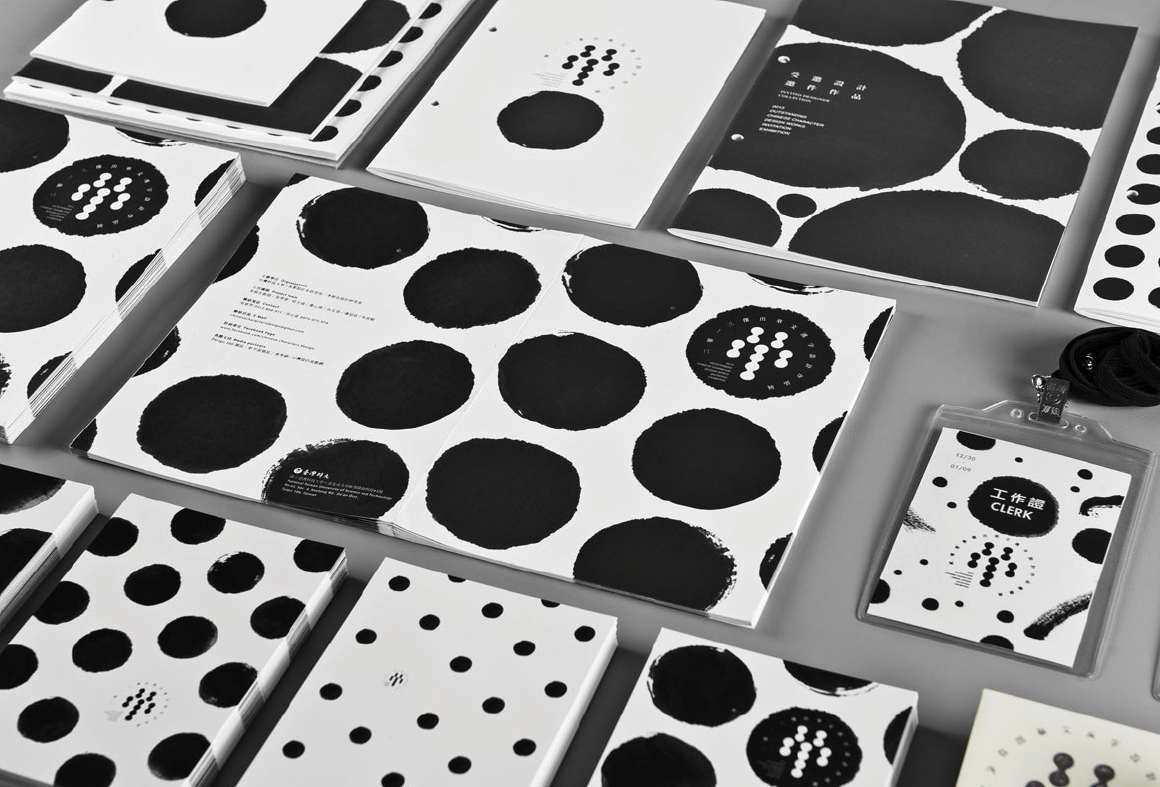
The project instantly fueled waves of discussion, firstly among city dwellers, and eventually everyone. In time the international media picked up the story, translated the messages into English, and the world was made aware of what was going on in Taiwan.
The brainchild of Taiwanese designer Ken-tsai Lee, the billboards became an effective channel for a nationwide conversation on a social issue. Its confrontational urgency, although not used this time to tout new-fangled products, demanded immediate response.
Ken-tsai, an associate professor at the National Taiwan University of Science and Technology, is the brain behind the project. Profiled by the Japanese design master Shigeo Fukuda among one hundred contemporary designers in AREA, a book published by Phaidon Press, Ken-tsai has a startlingly simple idea for the project. “I believe design is not just to boost sales, that it can contribute more to society and to life.”
What made you decide to become a designer?
I studied painting in primary school, but when I entered secondary school I didn’t do well in academics. So I focused on getting into the painting department of a vocational school. I didn’t know anything about design back then, although I’ve been interested in design since second grade. Only after reading about the design masters and their works did I begin to understand design.
The most important reason I became a designer was my lack of other skills or interest in other professions. When I was around sixteen or seventeen, I was tormented by thoughts of not being able to do anything worthwhile.
Although I was interested in design, my abilities were not as good as those of my classmates’, but I stuck with it because this was where my only expertise lay. If I didn’t pursue it there would nothing else.
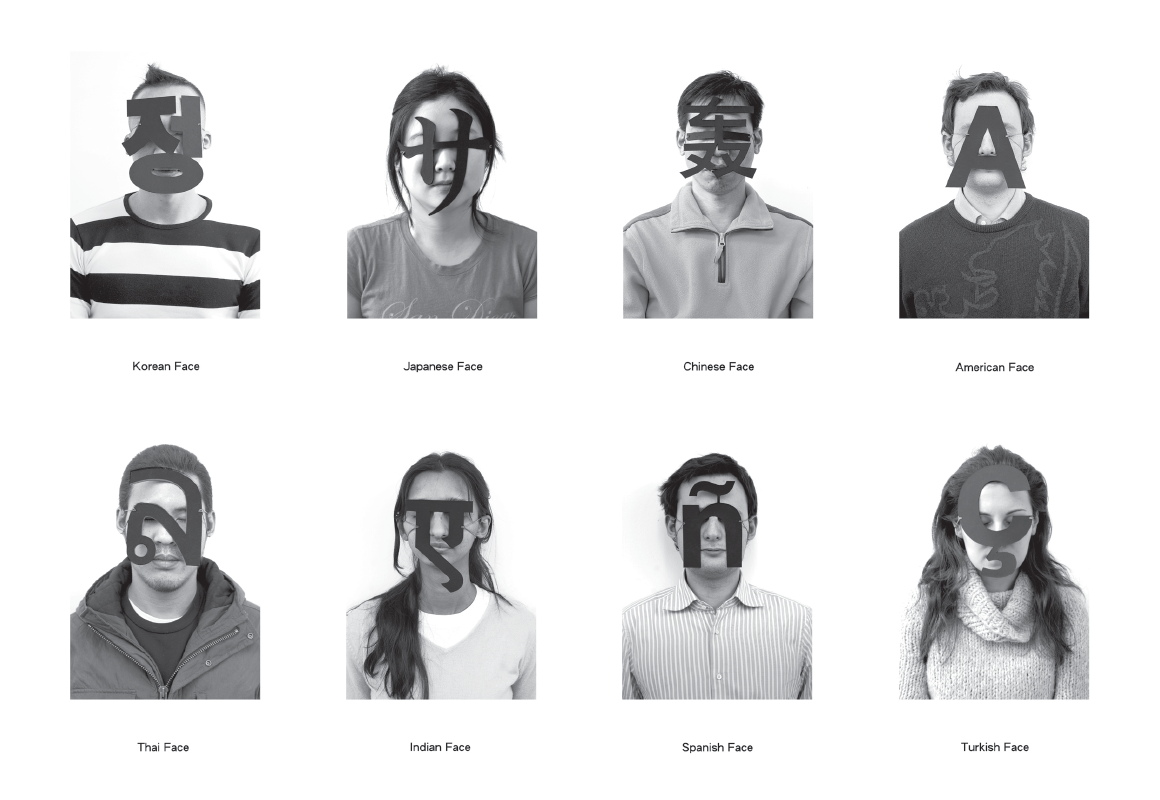
Who influenced your decision to become a designer?
I had a teacher in a major subject who had a different method of teaching. He always pointed out problems with our work. Most students were frustrated by his sharp and straightforward criticism, but it was kind of sobering to me. I was not afraid of criticism; I was worried that I wouldn’t realize where the problem was. Through him, I was able to identify quickly the problems in my work. That would have tremendous effect on me twenty years later.
What were some of your goals when you started out as a designer?
I won’t deny that when I started doing design, my goal was to be a world-class designer; that was the reason I quit my job after eleven years. I decided to go to New York although I didn’t have any English language skills. I also lacked the vision. In Taiwan, we begin our education learning the design history and design styles of the West. Taiwanese designers were always listening to Western designers, or even Japanese designers. But what about us—when will they come to listen to what we have to say about design? I realized then that if others were to start listening to us, we had to develop a design language and a design point.
When I returned to Taiwan, I introduced several important design exhibitions from New York; I also planned a design exhibition with Chinese characters as theme, which I exported to other countries.
After staying in New York for several years, I realized that becoming a so-called international designer meant representing my own culture. I hope we can see Western culture in Taiwan, and showcase Chinese culture, through these exhibitions.
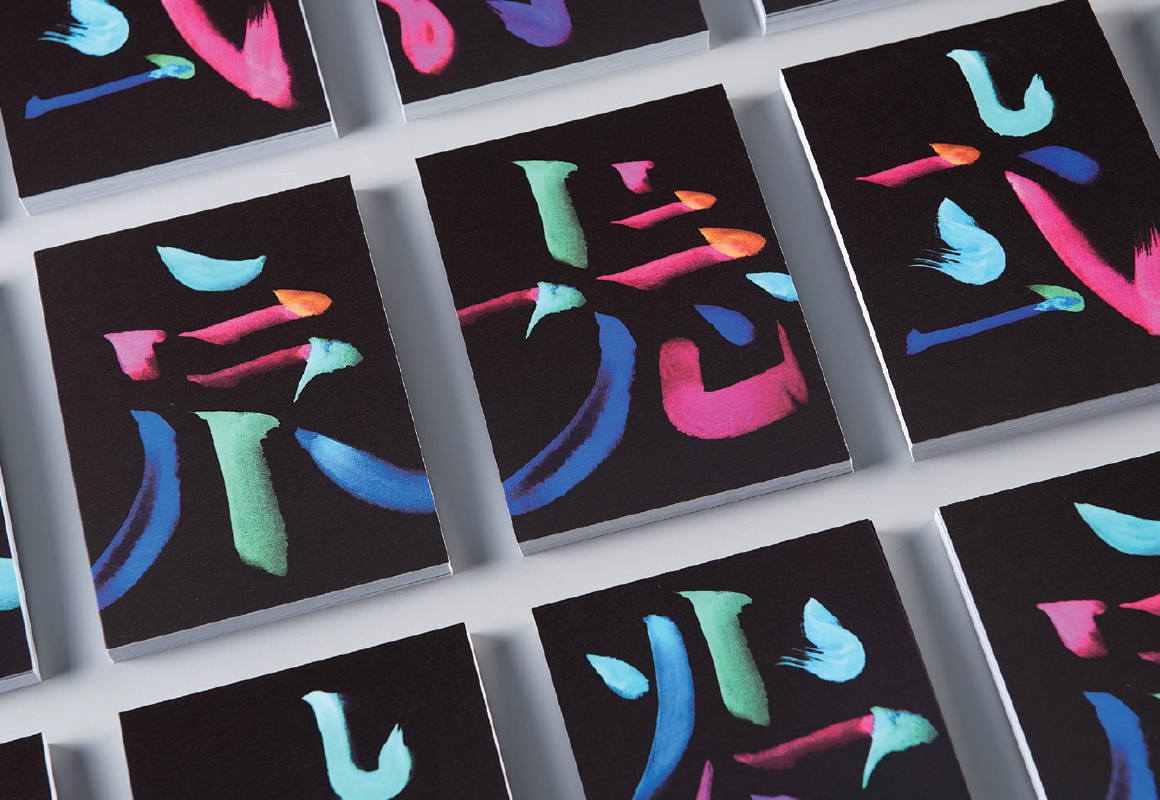
Was it a deliberate decision on your part to focus on graphic design?
I studied graphic design in school, and worked in an advertising company as a designer, and later on as art director, before I went to live in New York. My scope work was graphic design.
When I first arrived in New York, I found the new environment highly stimulating, and it affected my creative output. An artist friend once remarked that my works were between design and art. That got me interested in exploring the range between those two areas. I began integrating graphic design, advertising, and contemporary art in my creative direction.
How did you develop a design language that would make your design distinct?
During my seven years as creative designer in New York, I recognized fundamental differences between Chinese and Western culture that may have escaped my attention if I didn’t live abroad. Of course, I was already thirty-five when I went to New York, so my cultural roots have already been ingrained in me.
As I mentioned earlier, my teacher remarked that I was highly suitable for an arts profession, but I just wanted to be a designer and not think too much. Before I graduated I knew that I would fit in an advertising agency.
But the bigger reason I left advertising in Taiwan was the system where everyone had to go through being a designer before becoming an art director and then a creative director—the culture that moves in vertical progression. That got me thinking whether the sense of accomplishment that I could get from working in advertising was something I wanted or not.
The spontaneous creation in New York showed me the relationship between art, advertising, and graphics—perhaps my most important self-discovery.

Your work bears a strong Chinese identity. How are you able to modernise traditional Chinese elements - iconography, calligraphy, use of colour - into something contemporary, engaging, and interesting?
Leaving one’s home behind can give a person a better understanding of himself. Haruki Murakami said that whenever he wanted to write about Japan, he would move far away from Japan. This can be explained by the fact that people often see only one side of the place where they have been living, and how they will not feel the same after leaving the comfortable place that they are accustomed to.
I think you can say that working with Chinese elements in my case is both deliberate and accidental. Before I lived in New York, I designed for the Taiwan AIDS Prevention Association. I was aware that AIDS was a common global health and social issue; if I used an international visual language, my design would’ve turned out to be similar to other peoples’ work.
I’ve been tapping on Chinese culture as a symbolic language that I can combine with other elements. Of course, years of experience working in New York have made a great impact on my work. English typography has a history of more than a century. But East Asian designers should use elements from their own culture, whether its typographic characters or cultural symbols, in their design.
Chinese characters are quite different from other Latin characters; there are shapes, sounds and meanings that are different from other culture’s text. Graphic designers use fonts to create shapes, but there are also sound and meaning, which are very rich resources for creation. Designers can use these elements, too, which is what we’ve been trying to do in recent years.
Where do you plan to take your work moving forward?
I would like to examine the transfer of what is culturally unique to design language, explore the link between design and local culture, and design in response to design issues. I would like to continue experiments n design.











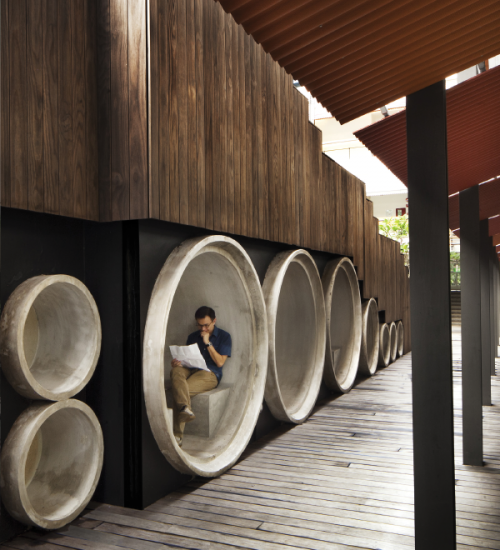

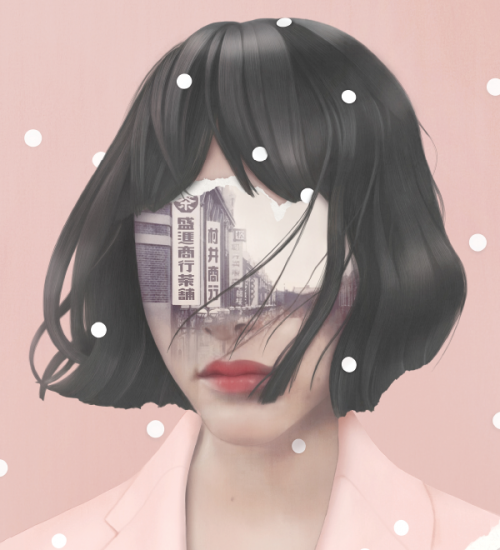

 Back
Back
